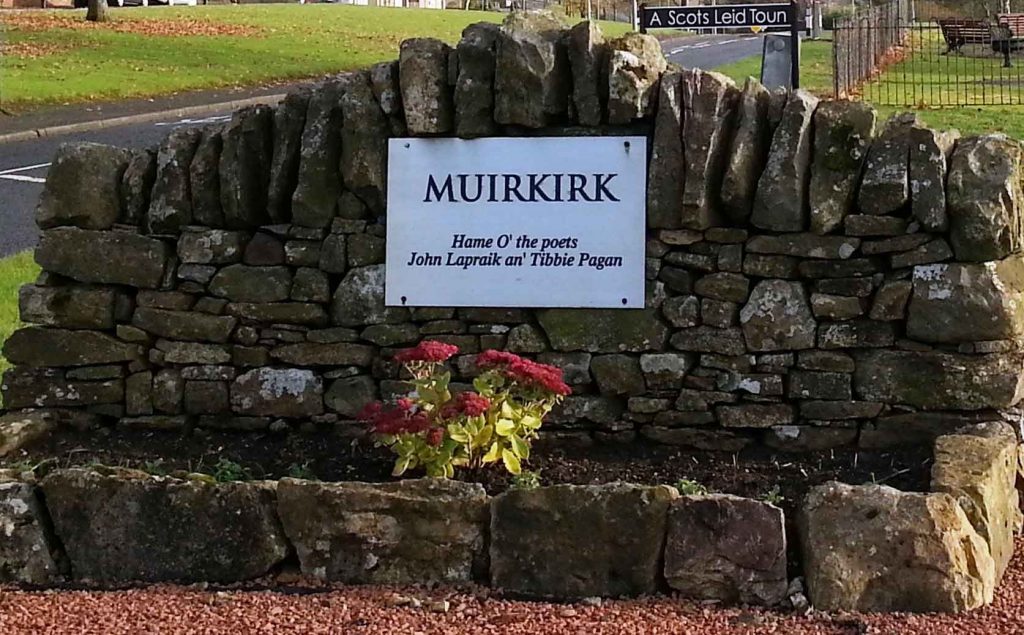
From roots dating back to 1631 when agriculture was the only economic activity in the area, Muirkirk has known a great deal of change.
Covenanters
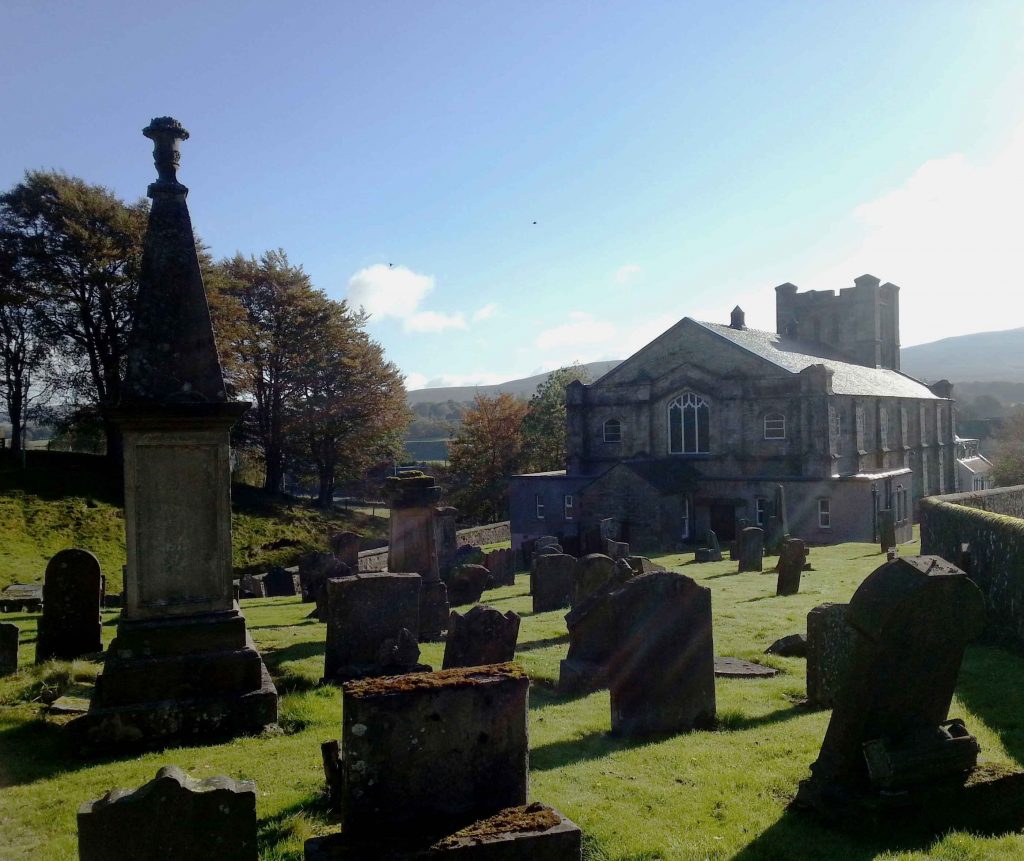
Between 1638 and 1688 many people were persecuted by the King’s soldiers for refusing to swear an Oath of Allegiance which acknowledged the King as head of the church.
During these ‘killing times’, people were shot, fined, their homes burned and some were deported as slaves to America.
One Muirkirk Covenanter, who is commemorated in Muirkirk cemetery, is William Adam. He was reading his Bible as he waited for his fiancée, when soldiers shot him. Another local man, John Brown, held meetings for Covenanters, when he would preach and teach people about the Bible. By refusing the swear the Oath, he was shot in front of his family. There is a 23 feet high obelisk in the graveyard at Muirkirk Parish Church, and many gravestones standing as testimony to the Covenanters’ faith during these turbulent times.
Industry
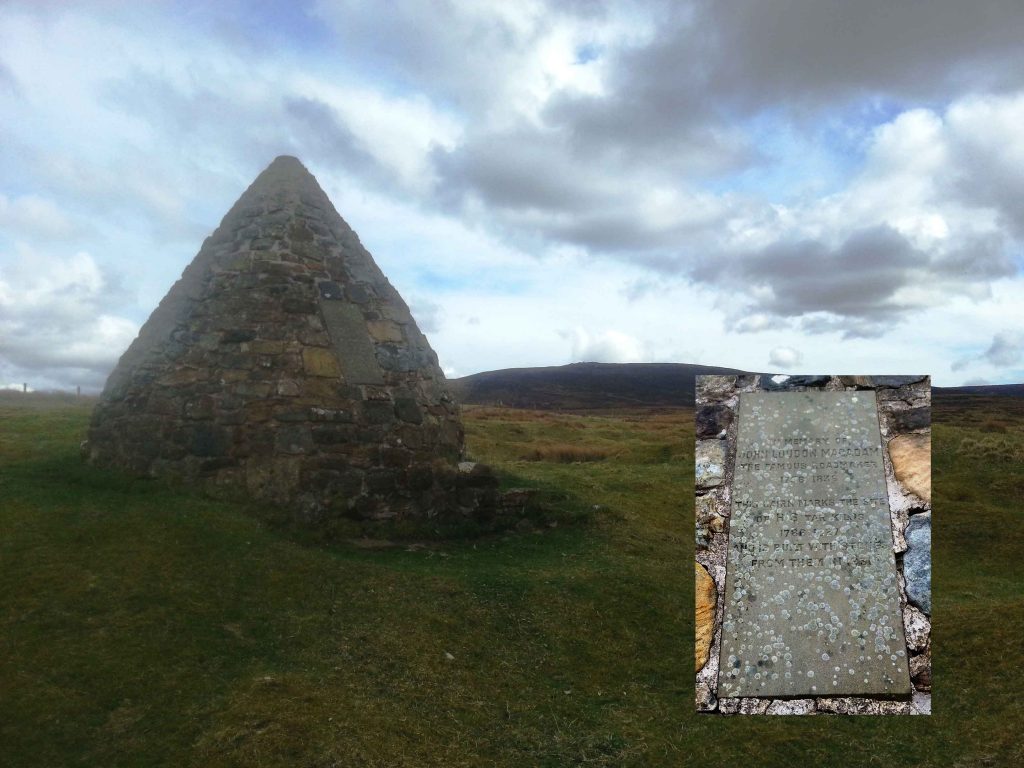
John Loudon Macadam (1756-1836), set up a tar works here, and went on to achieve fame through his method of road construction. Furnace Road in Muirkirk is said to be where Macadam first experimented with such materials .
Another first was thanks to the Muirkirk Gaslight Company, established in 1859, whereupon Muirkirk became the first town in Britain to have gas lighting.
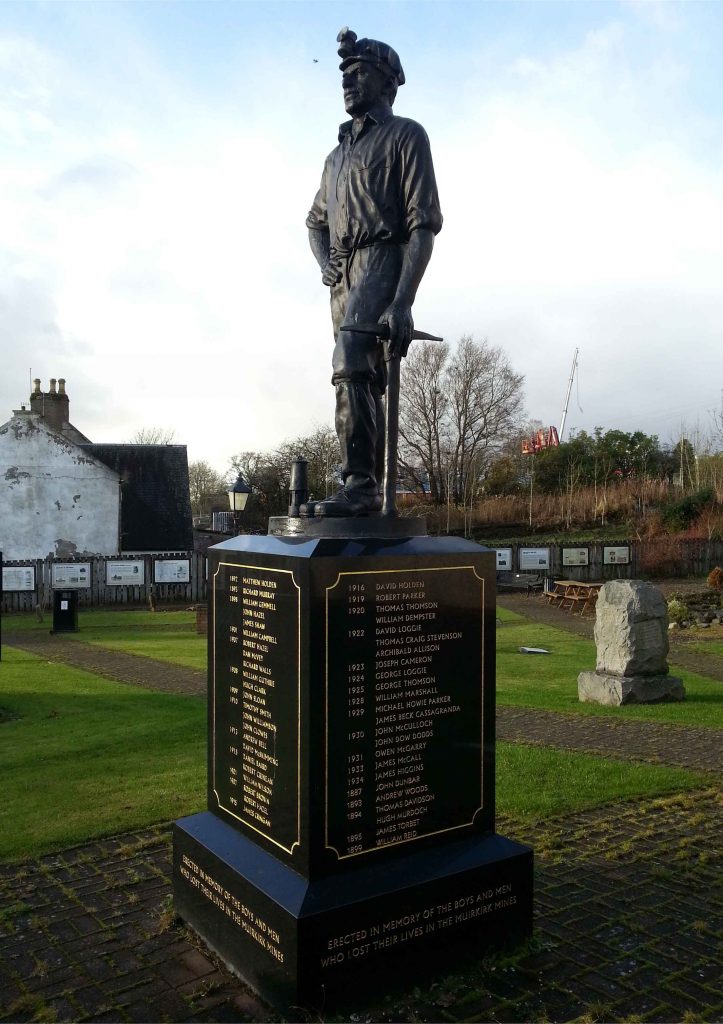
Muirkirk and nearby Glenbuck have a rich mining heritage that began in the late 18th century, and in its day provided many families with employment and housing. By the early 20th century there were only six pits operational in Muirkirk: four at Lightshaw and two at Kames. By 1924 only Kames remained, being the main industrial employer in the town. Production continued to decline until June 1968 when this last pit in Muirkirk was closed.
Conditions were far from safe and on one occasion in 1957 an explosion at Kames Pit killed 17 men. In the Heritage Park stands a monument to the miners who lost their lives working in the Muirkirk Mines. In 2017, a Memorial Service was held to commemorate the 60 years since this disaster, which as part of its legacy, helped increase safety for mineworkers. Families and friends travelled from near and far to pay their respects at a very moving service conducted jointly by both of our churches and with the support of many village organisations.
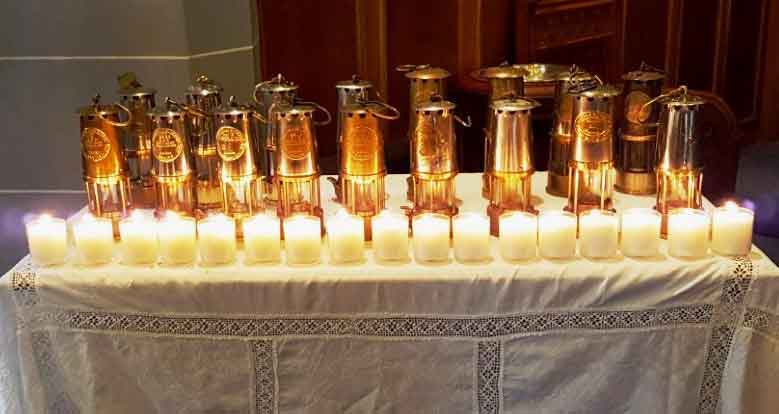
Literature
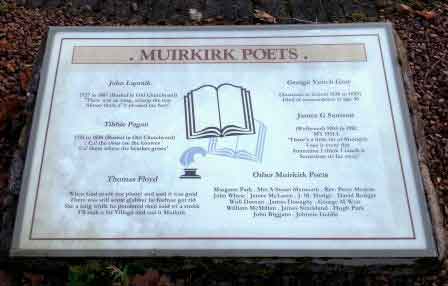
As well as our industrial heritage, Muirkirk also boasts literary talent. John Lapraik (1727-1805) lived and worked here, sharing a love of poetry with his friend Robert Burns. Isobel (Tibbie) Pagan (1741-1821), another friend of Burns’, also lived in Muirkirk. Here she wrote poetry, some of which she sang to her audiences. Other poetic talents include Thomas Floyd, James G Samson and George Veitch Gray to name but a few.

